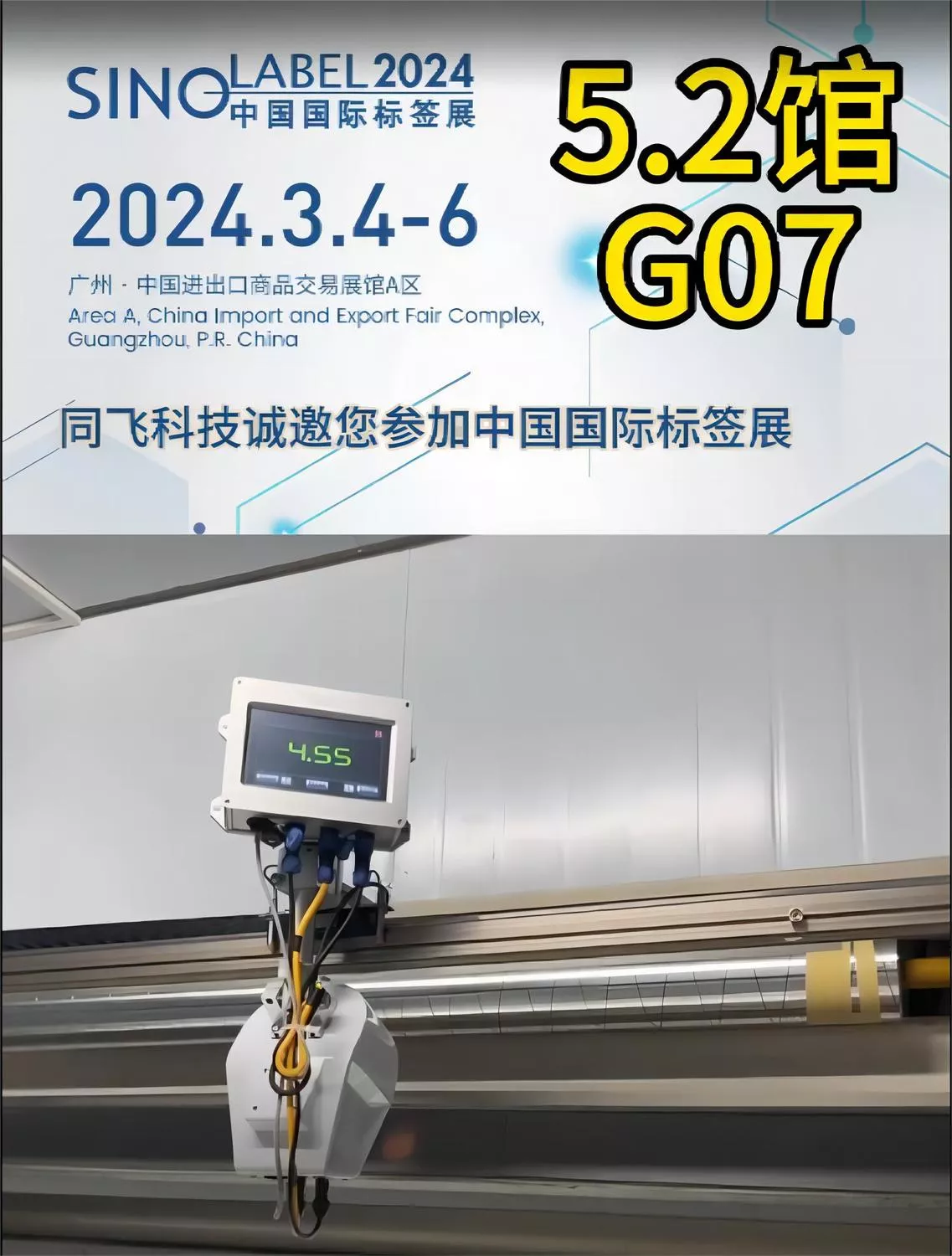Infrared Moisture Meter - Moisture Measurement in Biscuit and Cookie Production Processes!
2025-01-14
Billions of people enjoy cookies and crackers every day. Similarly, cookies and crackers come in various types and flavors, making them flagship products in the snack food industry.
To optimize the quality of products and the production process, it is necessary to control the moisture content of these baked goods. Excessive moisture can adversely affect texture and flavor, while also shortening shelf life. Insufficient moisture can lead to cookies being easily damaged, resulting in waste before and after packaging. Additionally, too low moisture can cause cookies to "burn" more during the passage through the oven, leading to undesirable flavors.
1. Summary of Manufacturing Process
1. Dough Forming
To form the dough for cookies and similar products, the raw solid and liquid ingredients are transferred to a mixing tank. Then, the ingredients are mixed together in specific quantities according to the product formula—the order in which the ingredients are added to the mixture is important. The dough is then mixed using a vertical spindle mixer or a high-speed horizontal roller mixer.
2. Dough Forming and Cutting
The dough used for cookies, biscuits, and similar baked products has the same surface. During processing, the dough is fed from a hopper onto a conveyor belt, where it is rolled thin by a series of metal measuring rollers. The thickness of the sheet is reduced incrementally by these rollers. Some manufacturers stack multiple sheets of dough together in a process known as lamination.
The dough is then further rolled out to relax it and is sent along the conveyor belt to the cutter. The edges of the dough are cut smoothly by a rotary cutter, and excess dough is sent back to the hopper for reuse. After this stage, if required by the formula, sugar, cinnamon, or honey may be applied to the top of the dough.
3. Baking
Cookies, biscuits, or other products are baked in a tunnel oven. The dough is first transferred to a metal conveyor belt and then moves through the oven, which can be up to 100-300 feet (30-90 meters) long. Baking occurs in three stages: fermentation, drying, and coloring. In the fermentation stage, the dough solidifies, forming the size and shape of the final product. This is followed by the drying stage, where the most moisture is lost. Finally, in the coloring stage, the dough changes from light white to light golden yellow.
2. Post-Processing and Packaging
After the baked products come out of the oven, they are cooled on a conveyor belt. During this process, they are flipped over and then flipped back to ensure the entire cooling process. The total cooling time can be twice the baking time.
Depending on different formulas, other coatings, such as icing, chocolate coating, sugar, etc., can be applied after the baked goods have cooled.
The final step in the manufacturing process is packaging, where products are wrapped by weight for transportation.
3. Quality Parameters and Measurement Points
Infrared moisture meters are typically located a few feet away from the oven exit. While it may be useful to place them closer to the exit from the perspective of automatically controlling the oven or feed belt speed, it is not recommended because near-infrared measurements are essentially surface measurements and require a certain degree of balance to obtain stable and meaningful data.
The design of infrared moisture meters is intended to meet the strict hygiene and safety requirements of food manufacturing plants. Its coating is non-electrolytic nickel.
Desktop near-infrared analyzers can be used in laboratories or production lines for rapid, accurate, and reliable sample testing.
4. Value and Quality Control
Moisture measurement can be online or offline. Online measurements greatly improve efficiency; they eliminate the need for conventional laboratory moisture testing and provide instant measurements, allowing for quicker implementation of necessary process changes.
Offline moisture measurement is straightforward, with a larger sampling area, and is faster than using oven tests. Further analysis of conditioned products ensures stable product quality before packaging. This will strengthen shelf life and ensure that the final product meets the nutritional label specifications on the packaging.
Address: Room 604, No.33 Jianshe Sixth Road, Yuexiu District, Guangzhou
Telephone:+86-(020)8618 7789
E-mail:mail@tongfei.net | sales@tongfei.net
Certificate Report Query,Document Information Query,Recruitment Management,Anti-counterfeiting query,3D Presentation
Copyright©2024 Guangzhou Tongfei Technology Co., Ltd. All Rights Reserved









